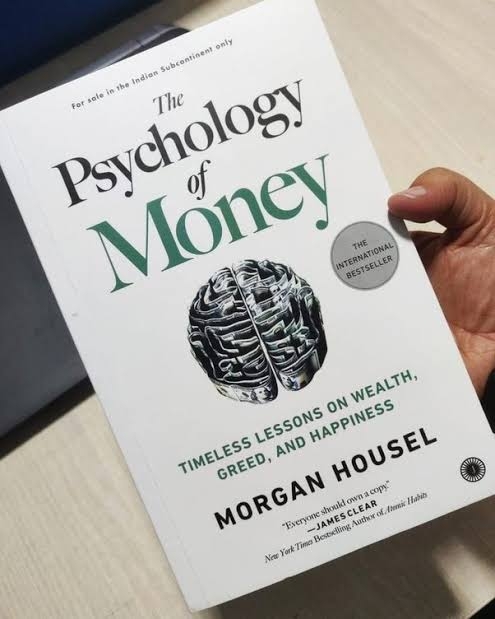Back
Anonymous
Hey I am on Medial • 1y
1. Social Currency (Deep Dive): People want to share things that give them status or make them feel like "insiders." Examples: The "Please Don't Tell" speakeasy in New York, where people shared the secretiveness of the bar as part of its allure. Game mechanics (such as leaderboards or rewards) can enhance social currency by making people feel accomplished or unique. Marketers can offer "remarkable" experiences or products that are inherently shareable. 2. Triggers (Deep Dive): The effectiveness of a trigger relies on frequency and context. The more often a person is reminded of a product or idea in their daily life, the more likely they are to talk about it. Example: Kit Kat associated itself with coffee breaks, making people think of the candy bar every time they took a coffee break. Key Point: It's not just about creating a catchy ad or logo—marketers need to link their product to everyday activities or thoughts that recur regularly. 3. Emotion (Deep Dive): Not all emotions are equally effective in driving sharing behavior. High-arousal emotions like awe, excitement, anger, and humor are more likely to drive action than low-arousal emotions like sadness or contentment. Examples: Awe-inspiring or surprising videos often go viral (e.g., space explorations or life-changing innovations). Negative emotions like anger can also drive sharing, such as when people share stories of social injustice. Key Point: The more intense the emotion, the more likely people are to share. 4. Public (Deep Dive): Making things observable encourages imitation. If people see others using a product or engaging in a behavior, they are more likely to follow suit. Examples: The Movember movement made mustaches a symbol of supporting men's health, making participation visible. iPhone's distinctive design and logo encouraged social mimicry. Key Point: Products or behaviors need to be publicly visible to become contagious. Companies should make sure their products are easily seen in use. 5. Practical Value (Deep Dive): People share information that helps others because it makes them feel useful and knowledgeable. The focus is on convenience and value. Examples: Groupon's deals are shared because they offer significant savings (practical value). Tips, "life hacks," or product recommendations also fall under practical value. Key Point: Make sure the content or product you create is tangible, useful, and easy to apply. 6. Stories (Deep Dive) Narratives are the way people communicate and remember information. When a product or message is embedded within a compelling story, it's more likely to be shared and remembered Example: Blendtec’s "Will It Blend?" series is a classic example, where a blender is demonstrated by blending unusual objects, such as an iPhone, creating a story that people love to retell Key Point: The story needs to be intriguing and entertaining while naturally incorporating your brand or message as part of the narrative
More like this
Recommendations from Medial
Sumit Jha
Frontend Developer (... • 7m
Vibe Coding: The Future of Software Development?? A Deep Dive into Vibe Coding: Best Tools, Real-World Examples, and How This AI-Driven Approach Is Shaping the Future of App Development. Read Full article: https://career-tech-insight.beehiiv.com/p/
See MoreSaranyo Deyasi
I am the exploit • 3m
📊 “A product without a business model is like a car without fuel. I recently learned about key models – marketplace, freemium, SaaS, and recommerce. Thinking about how these can apply to student-led startups. Any tips or examples you’ve seen work we
See MoreAshwin Kumar
Sailing through the ... • 6m
Hello everyone, Getting straight to the point,I am good at lead generation through cold outreach, regardless of the product or service. Since I learn quickly and deeply, the specific offering to be marketed doesn’t matter to me. I strongly believe t
See MoreDownload the medial app to read full posts, comements and news.







































